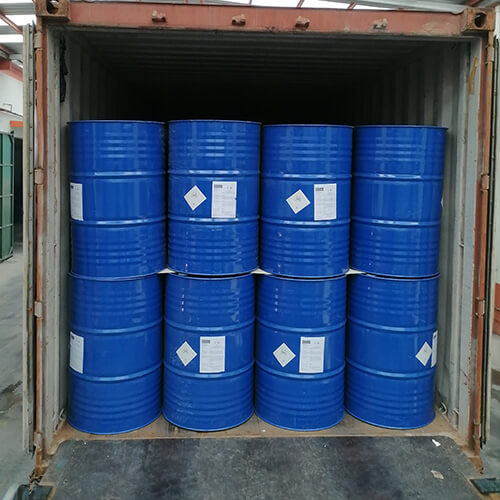Acetonitrile is a highly volatile organic compound commonly used in a wide range of applications, including pharmaceutical synthesis, chromatography, and as a solvent in various industrial processes. Acetonitrile boiling point is an important physical property that can influence the efficiency and safety of these applications. In this article, we will explore the boiling point of acetonitrile under vacuum.
The boiling point of a substance is defined as the temperature at which it changes from a liquid to a gas. It is influenced by several factors, including pressure, intermolecular forces, and the nature of the substance itself. By reducing the pressure, the boiling point of a substance can be lowered, allowing it to boil at a lower temperature. This principle is utilized in vacuum distillation, a common method used to separate components of a mixture.
Acetonitrile boiling point at standard atmospheric pressure
Acetonitrile boiling point under standard atmospheric pressure (1 atm) is 81.6°C. However, under vacuum conditions, the boiling point of acetonitrile can be significantly reduced. For example, at a pressure of 0.1 atm, Its boiling point is approximately 68°C. This reduction in boiling point allows for the separation of components that would otherwise not be possible at standard atmospheric pressure, making vacuum distillation an effective tool in the purification of acetonitrile.
It is important to note that the reduction in boiling point also affects the volatility of the substance, making it more volatile and increasing the risk of flammability or toxicity. Therefore, it is crucial to properly control the pressure and temperature during vacuum distillation to ensure the safety of the process.
In conclusion, the boiling point of acetonitrile under vacuum is significantly lower than its boiling point under standard atmospheric pressure, making it a useful tool in the separation of components in mixtures. However, it is important to consider the increased volatility and potential safety hazards when using vacuum distillation to purify acetonitrile.



Related Reading:
Key points of mobile phase configuration for acetonitrile HPLC
How to extract the product in water with acetonitrile?
Is acetonitrile HPLC the only option?
Visit Wikipedia for Acetonitrile
Visit the acetonitrile product page

